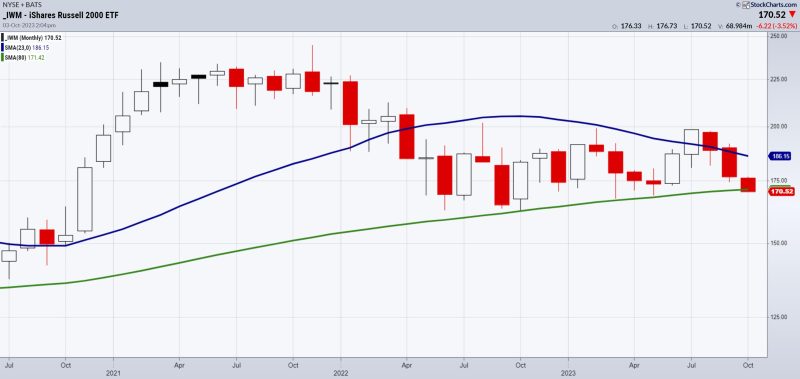At the heart of the market business cycles lie the raw truth that change is constant. 6-7 year business cycles, one of the most prominent of these ever-changing patterns, have been the subject of much debate and research due to the potential implications for stock market investments. As such, it is increasingly important to be cognizant of these cycles, as understanding and preparing for them can be key to staying ahead of market trends and investing in success.
First off, what are 6-7 year business cycles? Put simply, these cycles refer to the regular pattern of economic and stock market activity~”booms” and “busts” that occur on a 6-7 year timetable. This particular cycle is considered a short-term cycle, with growth often beginning almost immediately upon recessions ending (and vice versa).
Economic researchers attribute the 6-7 years to the timing of reinvestments that happen in mature industries. More specifically, many investments have a typical lifecoming in at around 6-7 years. When these investments are replaced, an influx of new money, alongside other factors, such as political events affecting market confidence, can cause a growth or decline in the stock market.
The most common strategy for investment in relation to 6-7 year business cycles is to ‘ride the wave’, as the fluctuations do not often require drastic adjustments. Investing in short-term securities, such as exchange-traded funds (ETFs), is a wise way to capitalize on these shifts. However, caution should still be exercised when researching potential investments, as there is no surefire guarantee that a particular stock will soar on the onset of a new cycle.
Looking forward, investors can also prepare for 6-7 year business cycles by diversifying their investment portfolio. This way, rather than solely relying on high-risk investments, it’s possible to balance out riskier investments with steadier ones. Further, looking into the past performance of investments can be a useful tool to better understand what to expect in the 6-7 year cycles.
In conclusion, although these business cycles have patterns, it is still important to practice caution and become informed prior to investing. On the other hand, economy will decline before it starts to rise and this is a great way to capitalize on the recovery phase in the long-term. Furthermore, with the knowledge of these cycles, investors can better prepare and strategize for eventual success.

